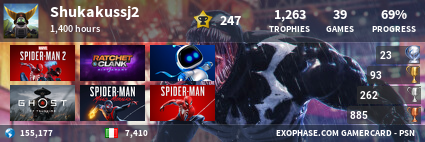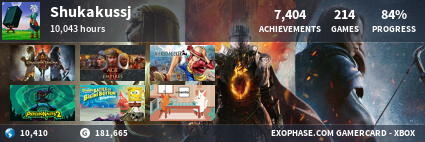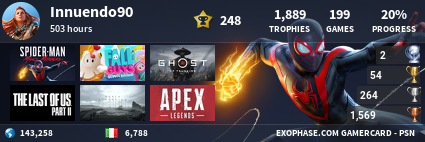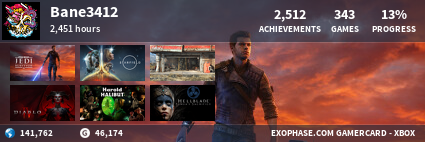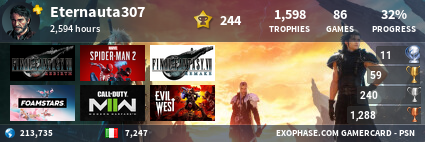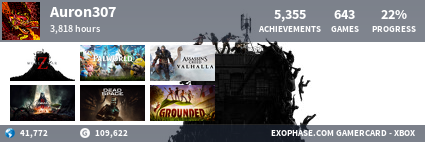“We really built this strategy around that—play the games you want, with the people you want, on the devices you want or already have,” says Spencer.
“Of course when I buy a game I should be able to continue to play that game [on the next generation],” Spencer says. “Console gaming is the only space out there where you lose access to [software purchases]. Can you imagine if that were true with phones or PCs?
“The high-level goal for us,” he adds, “is can we build a platform where more people want to play more games more often?”
BUILDING A BETTER XBOX
“We’d started out in the [2013] holiday doing well. There was so much pent-up demand that our supply was outstripped. You come out of the gate and everyone is selling out of what they can make,” says Spencer. “Then in the next year you see the natural trajectory of where you’re going and the competition is going.” Microsoft’s trajectory didn’t keep up with Sony’s. Seven years later, even while the Xbox division is a multibillion-dollar, profitable business for Microsoft, the PS4 still outsold the Xbox One roughly 2:1.
“More important to me than any of the product stuff or business stuff was where my team was at. The Xbox team, being transparent, had lost some confidence as to why we were there,” says Spencer. “Were we building products for our reasons or our customer’s reasons? Was our ambition as a company outstripping what our customers wanted to see from our product?”
THE FUTURE OF XBOX IS NOT JUST THE XBOX
“Microsoft is in the gaming business for the long run, we want to be a platform where hundreds of millions or billions of players can find somewhere to play,” says Spencer. “Building walls around Xbox, so the only way you can continue the experience you love is to buy a new console this fall—for us, it doesn’t seem in line with the values we have as a team.”

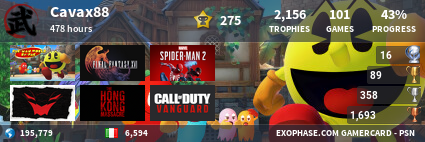
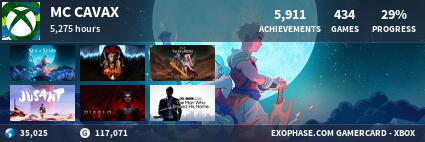
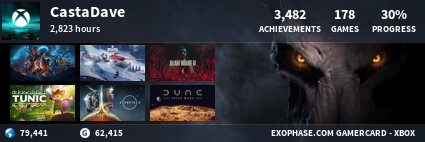


 Sotto certi aspetti anche meglio degli ultimi
Sotto certi aspetti anche meglio degli ultimi
